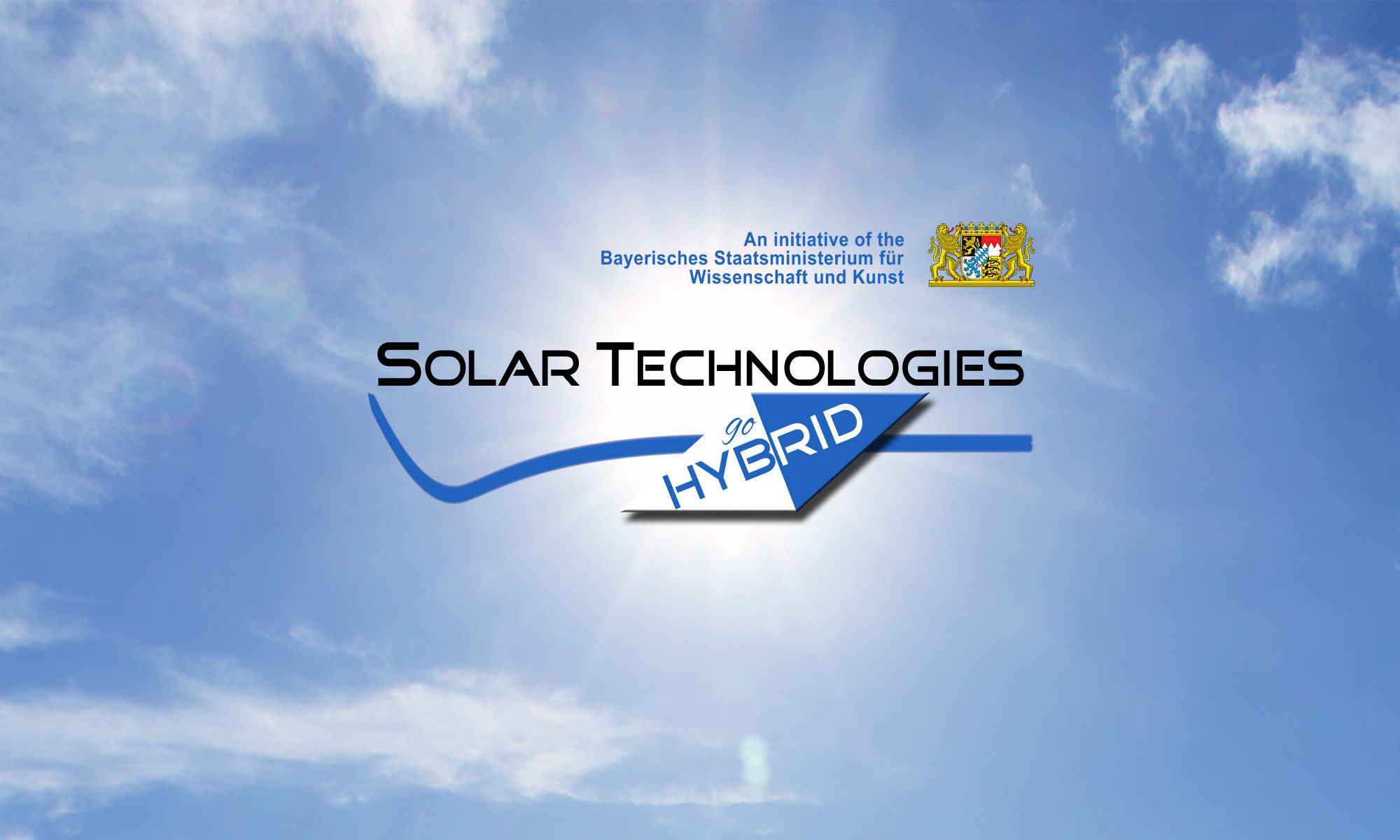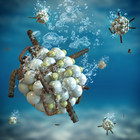The future of renewable energy is closely linked to how efficiently it is generated and then stored for future use. One promising storage medium is hydrogen. It is produced using conventional water sources and can be utilized as an energy source as needed. Its electrochemical preparation comprises two coupled reactions. In the first reaction, water is oxidized, producing oxygen and electrons. In the second reaction, these electrons reduce water resulting in the formation of hydrogen gas. If the electrons are supplied in a sufficient amount during this second step, this process proceeds smoothly. However, it is typically limited by the water oxidation step.
Currently, many scientists are investigating the so-called “catalysts materials” to facilitate this reaction. NIM chemists Prof. Dina Fattakhova-Rohlfing and Prof. Thomas Bein (both LMU) have developed nanoparticles composed of nickel-iron oxide, which catalyze water oxidation process up to ten times more efficient than comparable compounds. Additionally, these particles are simple to synthesize, inexpensive to produce, and are universally applicable.

